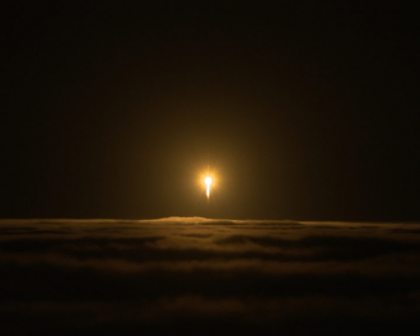Spacecraft to dig beneath the Mars surface

The spacecraft has a convoluted name -- Interior Exploration using Seismic Investigations, Geodesy and Heat Transport -- or InSight, for short. It took off Saturday from Vandenberg Air Force Base, California, and is on a 300 million-mile trip to Mars, according to NASA.
It is scheduled to land on the planet Nov. 26, according to the space agency. Its mission will extend until Nov. 24, 2020 -- one year and 40 days on Mars, or two Earth years.
Scientists are excited, and here's why:
The spacecraft has a sophisticated payload: The lander uses what NASA describes as “geophysical instruments” to look beneath the red planet’s surface. One is the Seismic Experiment for Interior Structure (SEIS), NASA explains. (Seismology is the study of quakes and seismic waves that move through the planet.)
Another instrument is the Heat Flow and Physical Properties Package. It will burrow down to almost 16 feet -- deeper than any of the other devices on Mars. This instrument measures heat coming from the interior of Mars, which enables scientists to understand how Mars evolved.
It is different: Previous missions examined canyons, volcanoes, rocks and soil. But InSight will offer information on the planet's earliest evolution, according to NASA.
This could move the dial forward on what we know about how planets form: In the quest to understand planet formation, Mars is a perfect place to start. To begin with, it is our neighbor. Also, during recent years, scientists have asserted that Mars once had plate tectonics like the present-day Earth. On Earth, plate tectonics are responsible for most tremors. As defined by Merriam-Webster, the term refers to a theory in geology. The lithosphere (the crust and upper mantle of Earth) is "divided into a small number of plates which float on and travel independently over the mantle. Much of the earth's seismic activity occurs at the boundaries of these plates."As Mars currently has no plate tectonics, the planet offers a “complete record of its history in its own basic planetary building blocks: its core, mantle and crust,” according to the space agency.
Related:
Construction to begin on new Mars lander
Follow StudyHall.Rocks on Twitter.
Like us on Facebook and tell us what you think.

